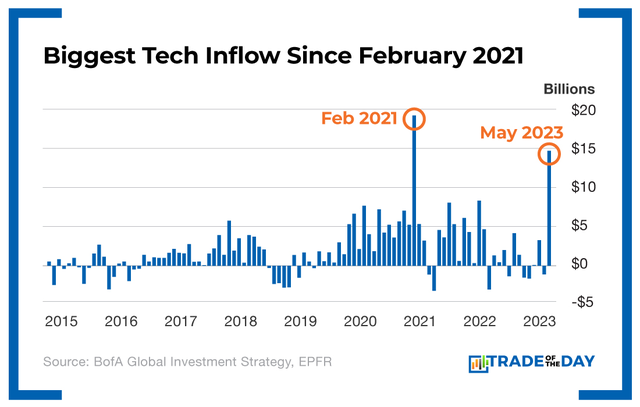Sell the Chop!
One of the best ways to take advantage of this current choppy market is to sell the chop.
You might be wondering what I mean by that.
Well, the truth is…
Today’s sideways action in 99% of the stocks on the market is allowing savvy options investors to trade spreads.
Here’s how spreads work…
When you trade spreads, you are buying an option and selling another option against it. That is the part that matters.
The option that you are selling reduces your cost and increases your upside if the strike price is not breached. And, even if it is, that’s okay, as you can benefit from time decay.
This type of spread, where you are taking advantage of time and different strike prices, is called a diagonal spread.
To give you an analogy… an investor who trades a diagonal spread is like a farmer who strategically plants the same crop in two different fields at different times. Both are capitalizing on short-term and long-term growth opportunities to maximize profit.
These spreads can be effective in certain market conditions, but their suitability depends on various factors and individual preferences.
Here are five points to consider…
1. Flexibility
Diagonal spreads offer flexibility by combining elements of both calendar spreads and vertical spreads. This can allow traders to adjust the strategy based on their outlook for the underlying asset’s price movement.
2. Profit Potential
Diagonal spreads can potentially profit from time decay and favorable price movement. If the underlying asset’s price moves in the desired direction and stays within a specific range, the spread can generate a profit.
3. Limited Risk
Similar to other spread strategies, diagonal spreads have limited risk. The maximum risk is typically the initial investment in the spread.
4. Complexities
Diagonal spreads involve selecting different strike prices and expiration dates, which add complexity compared with simpler strategies. Traders need to carefully analyze market conditions, implied volatility and potential adjustments as the trade progresses.
5. Market Conditions
Diagonal spreads may perform better in markets with low volatility and gradual price movements, where time decay can have a significant impact on the options’ value.
That last point is important, as it reflects the current market conditions we are experiencing.
![]()
YOUR ACTION PLAN
Spreads are one of our most popular trading strategies in The War Room. We’re currently positioned on diagonal spreads in the SPDR S&P Biotech ETF (XBI), Energy Transfer (ET) and Bank of America (BAC).
Click here to unlock The War Room and see exactly how we’re trading them.
FUN FACT FRIDAY
Robots took over… the month of May: The artificial intelligence (AI) craze last month created the largest inflow in tech funds since February 2021. As you can see in the chart, the net amount of money invested in tech stocks showed investors were more bullish than they had been in over two years. Is the AI craze just hype? Or will we see this trend continue? That’s what we’re tracking in The War Room. Last month, we finished with a 90% win rate and took some of our biggest winners of 2023, including a 293.27% overnight gain on Advance Auto Parts (AAP).
Click here to get in on the action now as we look to carry our momentum into June.
More from Trade of the Day
My Go-To Plays for Safety + Long-term Profits
Apr 26, 2024
My Favorite Way to Hedge Choppy Markets
Apr 25, 2024
The Story Behind My 10 Bagger on RILY
Apr 25, 2024
A Silver Lining From Last Week’s Underperformance
Apr 24, 2024


























